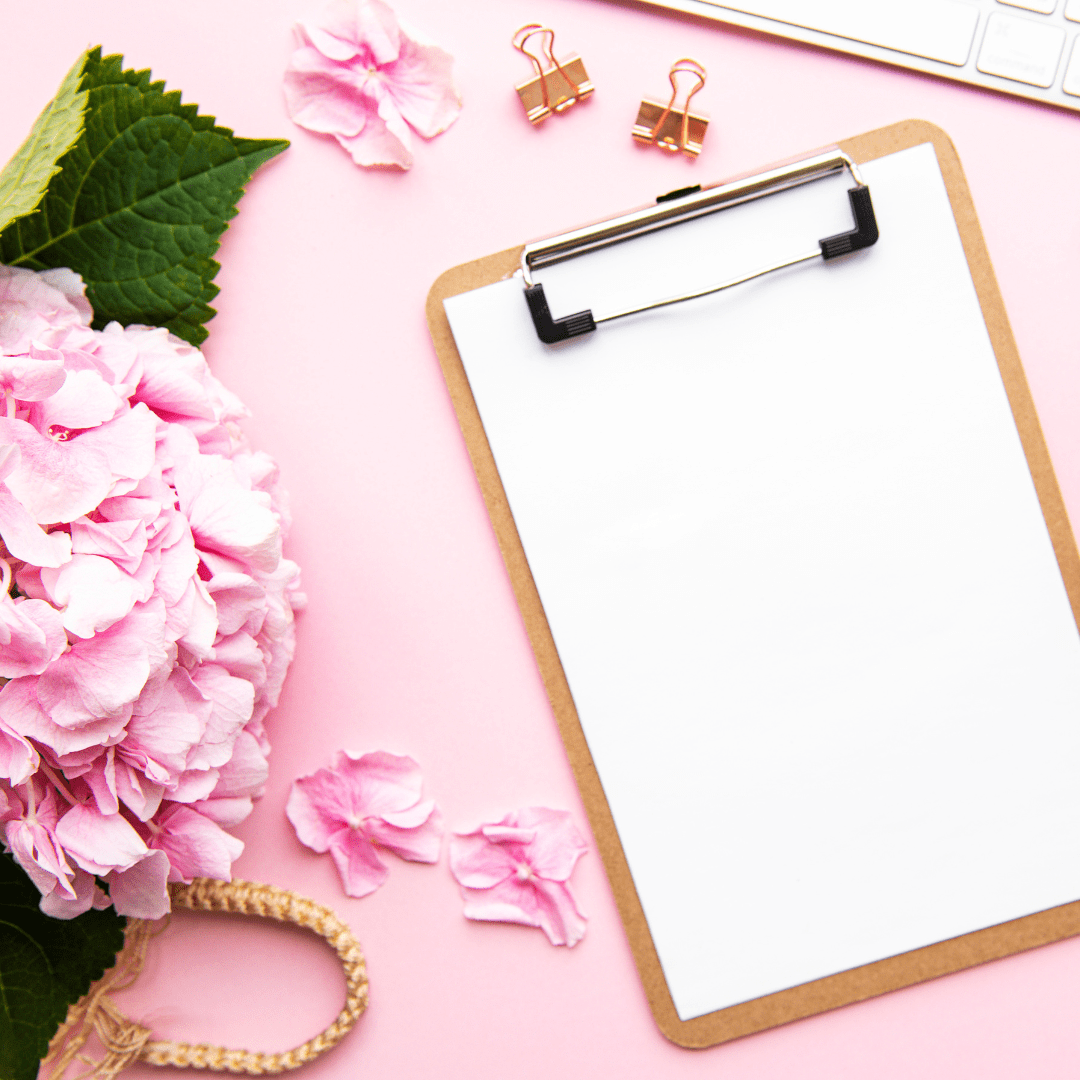Top 5 Tips for Your Welcome Guide
A welcome guide is typically a wedding professional’s most underutilized and underestimated document in the entire client experience. Some wedding pros have them and some don’t yet, but I hope you will have one after reading this blog post. Some wedding pros haven’t updated their welcome guide in years, and some have guides that are forty-seven pages and overwhelm their clients. Your welcome guide is the place to set boundaries, ease anxiety, and build trust with new clients. Here are my top five tips for your wedding planner welcome packet.
1. Make your welcome guide easily updateable. This could be via a Canva link, Google Drive link, or a hidden page on your website. It’s crucial that you don’t make it a static document that can’t be updated periodically as your business evolves. I recommend a welcome guide that is no more than twelve pages, and I also recommend including images to break up the words. Think about how your clients will be digesting the information. Quick tip: If you go the website link route, remember that half of all traffic to your website will most likely be from a mobile phone, so you can assume many will be looking at the welcome guide on their cell phones, too. It’s important to optimize the page for mobile to make digesting it easier!
2. Make your guide helpful and fun. You want your clients to open the guide and feel excited that they’ve hired you. Be sure to highlight your excitement, and don’t forget to share what they can find inside the guide. One way to do this is by including a guide link with a personalized welcome video. Sometimes, clients may feel a bit uneasy after committing to paying thousands of dollars for your services, so this is a great way to reaffirm their decision.
3. Lean into FAQs within your guide. For your welcome guide FAQs, be sure to make this a mix of questions that you get asked in real life (i.e. - how and when to get the wedding license, wording for adults-only festivities, etc.), and also lean into questions that you wish people asked (i.e. - proper methods of communicating, availability for night/weekend appointments, etc.). Some of these questions may not necessarily be asked frequently, but you can frame them in the form of a FAQ section to get the answers across. Quick tip: Especially with these boundary-setters, make sure your welcome guide and contract say the same thing. Your communication clause in your contract should match the welcome guide verbiage so there’s no dispute or difference in materials.
4. Make a point of having a welcome guide to kick off the client experience, but don’t let that be the last time you share the welcome guide. Send your clients back to it three to five times throughout the planning process via an email sequence. If you don’t, your welcome guide becomes stagnant, and they’ll never look at it again.
Your welcome guide is an important piece of content to highlight your boundaries, communication methods, and overall advice. Develop an email sequence around it by writing a couple of emails that send your clients back to the guide. Frame it like this: You’ve got questions, we’ve got answers. Then, answer one or two questions that may or may not be in your guide, and then direct them to the guide for more questions and answers. Other subjects you can cover in your email sequence are timeline advice, tips for making the most of their wedding day, etc. Ultimately, it’s up to you to put the thought and effort into the guide and to get the most out of it by sending follow-up emails throughout the planning experience.
5. Include a sample timeline or roadmap of what it’ll look like to work together. Remember that the unknown creates anxiety. Your welcome guide sets expectations and boundaries, and it reinforces what to expect. This may mean that you need multiple types of welcome guides for your different service offerings. For example, A Southern Soirée has a welcome guide for event management and a different welcome guide for full-service clients since the offerings are different. We like to include a sample/generic timeline for the wedding day. The sample timeline helps couples do things like pick a ceremony time based on the sunset, or envision timing for hair and makeup and the first look. The sample timeline sets expectations about how much time to set aside for each major event on the wedding day, along with expectations about when vendors will arrive and what the day as a whole will look like.
Bonus tip: Include a page at the end of your guide that features your best tips for couples. Consider adding a few tips that past couples have mentioned in post-event surveys and other fun ideas. This is a great way to close your welcome guide and get your clients excited for their big day!
Ultimately, your welcome guide is an important, dynamic, and information-packed document for new clients. Implementing these five tips will help your clients feel at ease and excited for the future. Tune in to episode 151 of Weddings For Real to hear more about these welcome guide tips!
Download my FREE guide

















